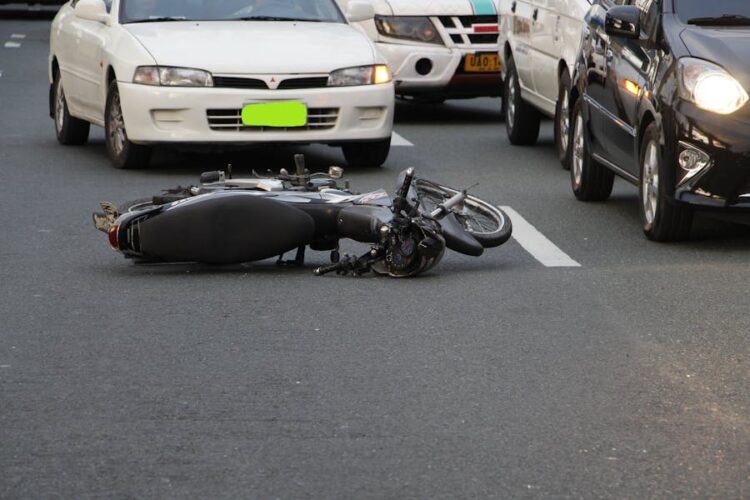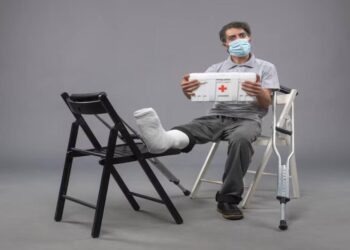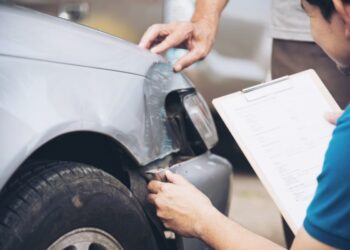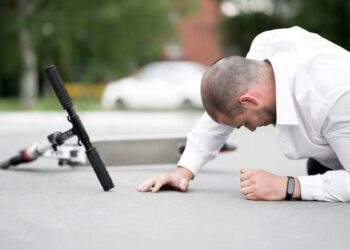Cyclists in Arizona share the road with fast-moving vehicles daily, often placing their safety in the hands of motorists. While the open roads may offer freedom, they also come with serious risks when drivers fail to respect cyclists’ space. Arizona’s Safe Passing Law plays a vital role in determining fault and guiding compensation after a bicycle-related crash.
Understanding this law becomes essential for anyone seeking the guidance of a bicycle accident lawyer in Phoenix. Safe passing regulations influence liability assessments, affect settlement negotiations, and impact how claims are litigated. Recognizing the law’s practical implications allows injured cyclists to assert their rights more effectively.
Overview of Arizona’s Safe Passing Requirements
Arizona Revised Statutes (ARS) §28-735 outlines the Safe Passing Law, requiring motorists to allow a minimum of three feet of clearance when overtaking a bicycle. This rule applies whether the cyclist is in a designated bike lane or sharing the main roadway with other vehicles.
The intent is clear: create a buffer that protects cyclists from sudden swerves, side mirrors, or unexpected road debris. The three-foot rule isn’t merely a guideline—it carries legal weight. Violating it constitutes a traffic offense and often signals negligence in the context of personal injury claims.
The Law’s Role in Determining Driver Negligence
When a collision involves a motorist and a cyclist, one of the first legal questions is whether the driver upheld their duty of care. Failure to provide the mandated clearance supports a finding of negligence, which becomes foundational to any injury claim.
A bicycle accident lawyer in Phoenix will closely examine crash scene evidence—such as tire marks, vehicle position, and witness statements—to assess compliance with the Safe Passing Law. Proving that a driver violated this statute strengthens the injured cyclist’s argument and often influences how insurance adjusters value the claim.
How Violations Influence Compensation Calculations
Arizona follows a pure comparative negligence model, allowing injured parties to recover damages even if partially at fault. However, the percentage of fault assigned to each party directly impacts the financial recovery.
When a motorist breaches the Safe Passing Law, that violation typically increases their share of responsibility. Demonstrating such misconduct may significantly shift the fault allocation, potentially increasing the injured cyclist’s compensation. Photographs, dash cam footage, and official citations all serve as evidence to show a breach of this duty.
Importance of Scene Documentation and Witness Accounts
After any bike accident, immediate documentation proves essential. Arizona’s Safe Passing Law is often interpreted based on distance, which can be challenging to measure accurately without proper evidence. Cyclists should attempt to gather details from witnesses, obtain police reports, and photograph road conditions if physically able.
Legal teams use this information to create collision reconstructions and demonstrate how the driver encroached on the cyclist’s space. Because the law centers on proximity, even subtle lane deviations can establish liability. Witnesses who observed an unsafe pass become critical to affirming legal violations.
Interplay Between Local Ordinances and State Law
While ARS §28-735 applies statewide, cities like Phoenix may implement additional traffic rules that reinforce or expand safe passing protocols. In some cases, local regulations include stricter language or define more precise boundaries on shared roadways.
Understanding the interaction between municipal codes and state law offers an advantage in personal injury litigation. Attorneys often reference both layers of regulation to present a comprehensive argument for liability. Local traffic citations further support claims of driver misconduct under both legal frameworks.
Impact on Motorist Insurance Disputes
Insurance carriers assess fault based on police reports, statutes, and the circumstances surrounding the incident. When drivers ignore the Safe Passing Law, they expose themselves to scrutiny not only from law enforcement but also from their insurers.
Claims adjusters may attempt to minimize the severity of an infraction or question the cyclist’s behavior. However, when clear evidence shows that a motorist failed to allow three feet of space, it becomes harder to dispute liability. Legal representatives utilize this leverage to challenge lowball offers and negotiate for fair settlements.
Commercial Vehicles and Elevated Legal Expectations
When delivery trucks, service vans, or rideshare vehicles collide with cyclists, the standards become even more stringent. Commercial drivers often receive specialized training and are expected to be thoroughly familiar with traffic laws and regulations. and regulations
Violations of the Safe Passing Law involving commercial vehicles may trigger company liability or federal regulatory scrutiny. This elevates the legal stakes and provides injured cyclists with additional avenues for compensation. Corporate policies, driver logs, and internal training materials often become evidence in these cases.
Preventable Harm and the Public Safety Argument
Violations of the Safe Passing Law go beyond individual negligence; they represent a larger disregard for public safety. Arizona enacted the law to protect cyclists from serious and preventable harm. When motorists fail to follow it, the consequences are often catastrophic.
Legal teams may incorporate this public safety aspect into their case strategy, especially when seeking punitive damages. Courts often consider whether a driver’s conduct showed a conscious disregard for others’ well-being. The Safe Passing Law provides a measurable benchmark for such assessments.
Strategic Use of Safe Passing Law in Civil Claims
For injured cyclists, the Safe Passing Law offers more than a safety guideline—it serves as a legal tool. Demonstrating that a motorist violated this statute provides substantial grounds for establishing fault, increasing claim value, and countering comparative negligence arguments.
Thorough documentation, knowledgeable legal representation, and a clear understanding of the law’s implications all contribute to stronger and more effective injury claims. After a bike crash, the path to recovery often depends on proving that the driver’s actions failed to meet the standard set by Arizona’s Safe Passing Law.










